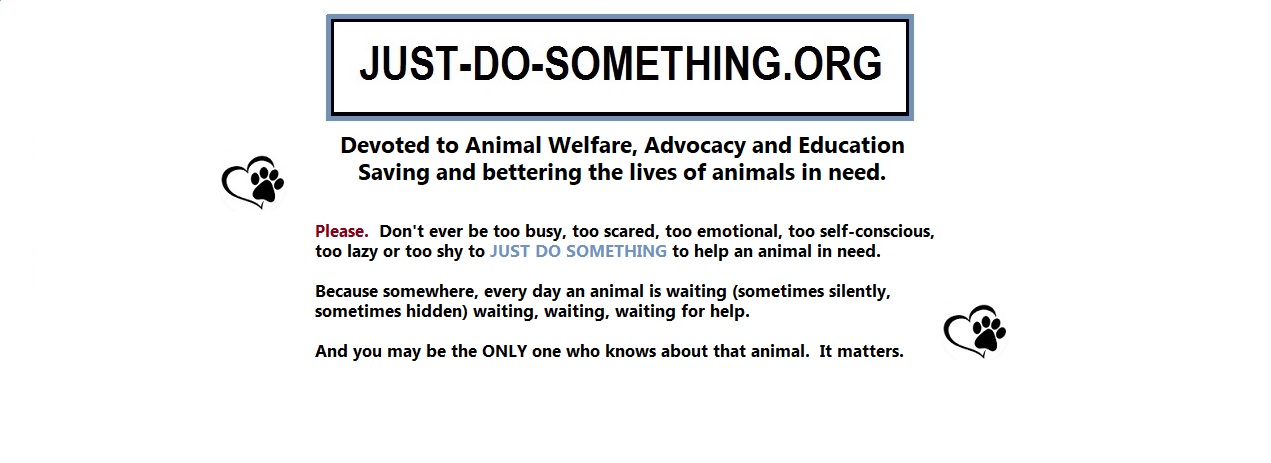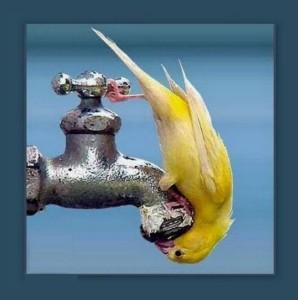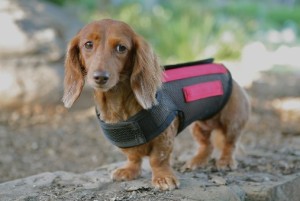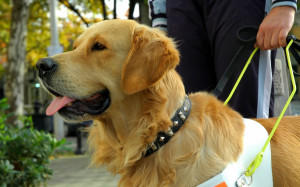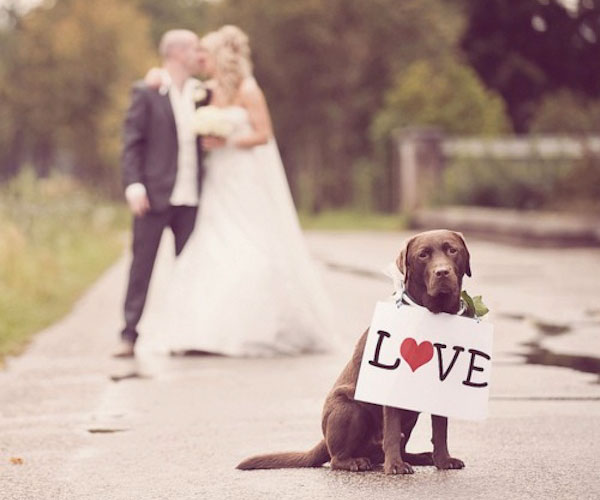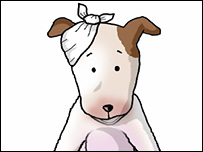A Comfy July 4th for your Pets
Before you Comment, take a moment to review our guidelines!
While we pet owners love the 4th of July and relish in the celebrations, our pets feel differently. A lot of dogs and cats are afraid of the fireworks and/or just even the loud sounds that they might hear outside. And if you decide to take your dog with you to an outdoor event, you need to keep an eye on your dogs at all times.
Below are some safety reminders for you and your pets.
- Make sure all pets, even indoor cats, are wearing a collar with an identification tag that includes your name and telephone number. A microchip is also a good idea. Terrified animals may end up miles from home or deep under a neighbor’s porch. This simple precaution will save a lot of anguish, time, and energy.
- Walk your dogs in the early evening, before the evening falls, to prevent stress from noises and to tire them out so they can sleep the night away (hopefully).
- During neighborhood firework displays, keep all cats and dogs safely inside. Dogs and cats who are scared of noises should be put into a bathroom or other room with a secure door no windows. A screen door will not keep in a fearful dog. It is better not take a dog to watch a large commercial firework display as it only increases the chances of him or her becoming lost in an unfamiliar area.
- Be sure to talk with all family members, including children, about the importance of keeping dogs and cats indoors this time of year. Get them accustomed to opening doors carefully to prevent animals from bolting.
- It is safer to keep your pets at home during Fourth of July celebrations instead of bringing him to your neighbor’s party. Keep your pets in the house, rather than in your yard. He will be a lot happier indoors, and not tempted to leap over a fence to find you.
- Dogs can be startled by the loud noise of fireworks. Once the festivities begin, keep your pet in a safe room where he can feel comfortable. If he is crate trained put your dog in his crate covered with a blanket to make him feel secure.
- Remember to ensure that any room you place your pet to feel safe should be clean, have a light, be well ventilated and is a safe room temperature, and that there is access to fresh water and food.
- Block outside sights and sounds by lowering the blinds and turning on the television. Play soothing music in the background to counteract the noise of the fireworks. You don’t need to turn up the volume – louder noises, even common ones, can add to anxiety.
- If your pet is very sensitive to noise, or has anxieties even on low-stress days, talk to your veterinarian now. Pets that are very fearful of noises might need a prescription of anti-anxiety medication from their veterinarian.
- If your dog or cat seems overly anxious, spend some time with your beloved, speaking soothingly to help your dog or cat to relax.
- Avoid spraying your dog with insect repellent and only use special sunscreen that is intended for your pets. Keep your pets away from matches and lighter fluid. They can be extremely irritating to the stomach, lungs and central nervous system, if ingested. When striking up the barbecue, make sure your dog or even outdoor cat is far away.
- Never leave alcoholic drinks unattended where cats or dogs can reach them. Alcoholic beverages have the potential to poison pets. If ingested, your dog or cat could become very intoxicated and weak, severely depressed or could go into a coma.
- Keep sparklers, candles, insect coils and oil products out of reach. If inhaled, the oils could cause aspiration pneumonia in pets.
- Never use fireworks around pets! While exposure to lit fireworks can potentially result in severe burns and/or trauma to the face and paws of curious pets, even unused fireworks can pose a danger. Many types contain potentially toxic substances, including potassium nitrate, arsenic and other heavy metals.
Just remember that loud, crowded fireworks displays are no fun for cats or dogs, so it’s best not to take them along to your 4th of July festivities. Keep them safe at home in a quiet, sheltered area where your cat or dog can’t escape. They will be fine if you just make sure they have a safe place to reside during the short-lived firework celebration.
Is there something else you do to help your pet survive a July 4th comfortably? Let us know, so we can let everyone know!
